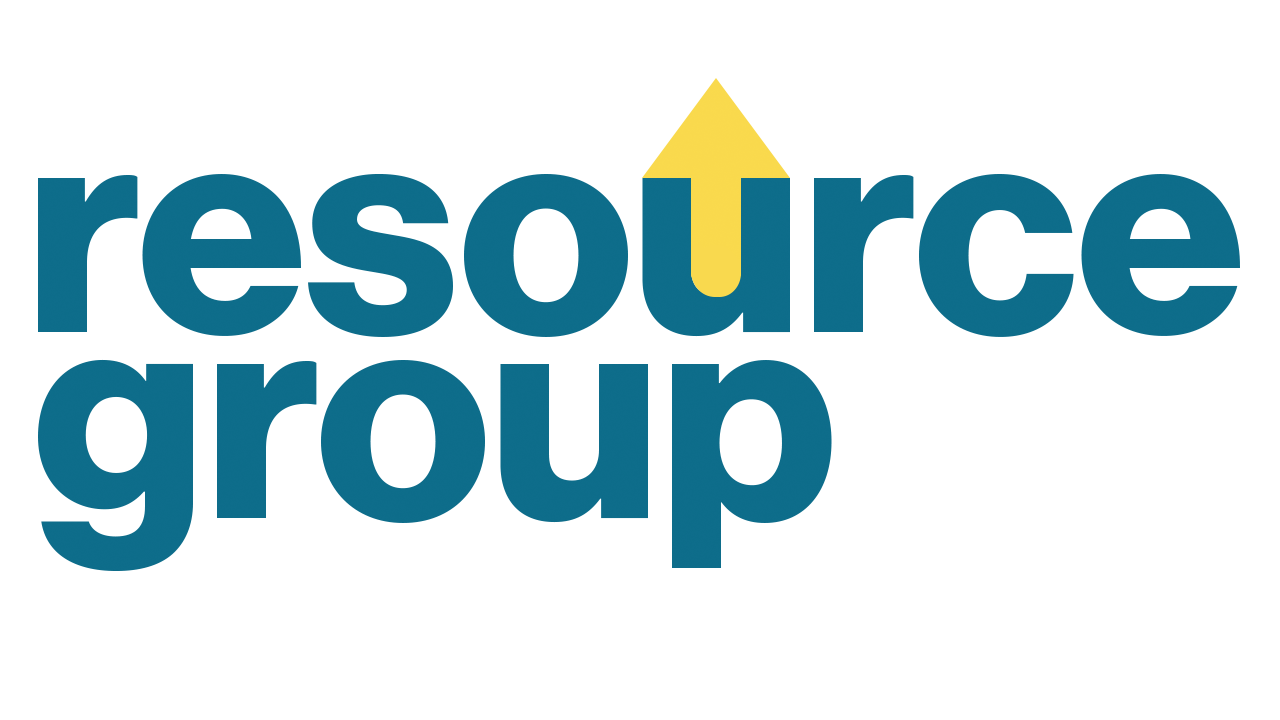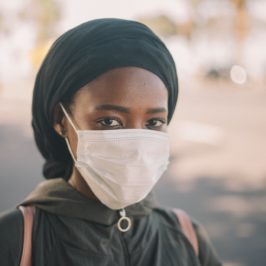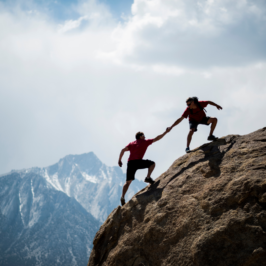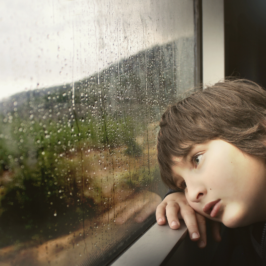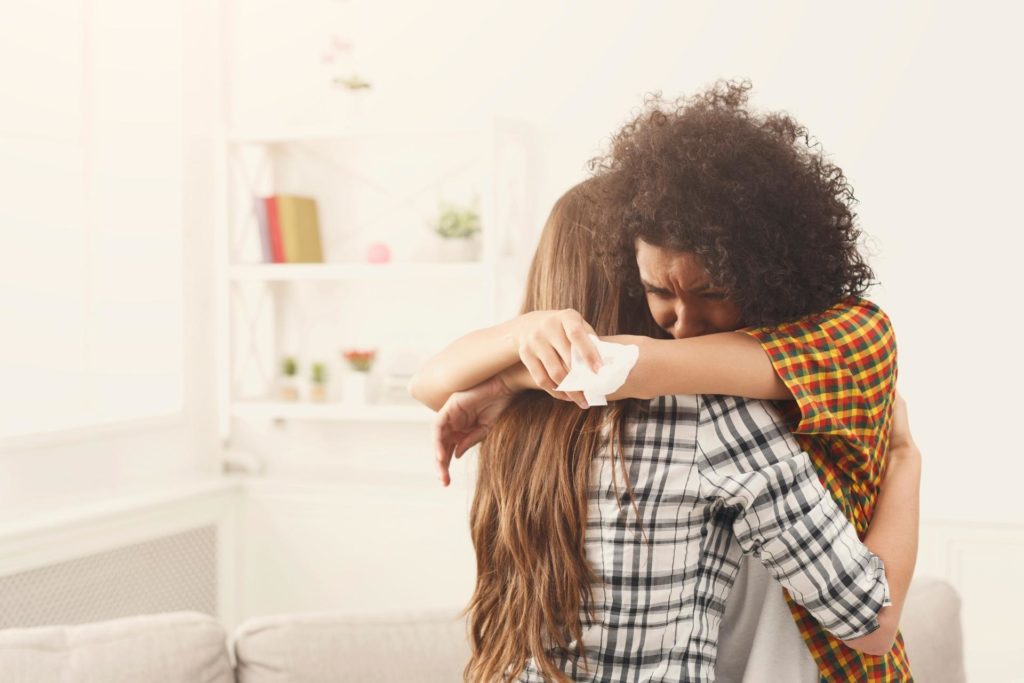
By: Brian Warner
I had a job interview about two weeks before COVID shut everything down. The growing pandemic had been in the news more and more lately, but most stateside cases were in California or New York, so I wasn’t too worried about it. But I still wondered if I should shake hands with the hiring manager, or at least ask if they were comfortable with it with everything happening in the news. But when the interview happened, the hiring manager held out their hand and I reflexively shook it.
A week later, I had another interview. I didn’t have to wonder what to do with this one, though; one of the first things the hiring manager told me was, “I’m sorry, but our office isn’t shaking hands right now. Purell?”
This was before scientists knew how much less likely we were to pick up COVID from surfaces than droplets in the air, but it was an early look at how our relationships with our bodies would be changed completely by April – and with them, our relationships with our minds and emotions, too. Even now, with two years of pandemic-living knowledge and experience under our belts, it’s easy to obsess over which doorknobs you’ve grabbed, which card reader’s buttons you’ve pressed, and which hands you’ve reflexively shaken before wondering, “Where’s that hand been?”
For many people, what was fine and what is fine are now two very different things.
But virtual happy hours, virtual parties, virtual workouts, virtual weddings, virtual dating, and even virtual Screaming Into The Void have hammered the point home: we’re not built for a virtual world. We’re literally made to be physical. Almost every square inch of skin is covered in more than 1,000 nerve endings called CT afferents that pick up everything from touch to pain to heat. They don’t just alert us to sensation; CT afferents have a direct line to the parts of the brain that help us process social cues and find emotional balance.
Parents may already be aware of this. Since the 1970s, skin-to-skin contact between parents and newborns has been scientifically proven to help babies thrive. Not only does it encourage social and emotional development, but it stabilizes heartbeat and breathing, reduces stress hormones, regulates digestion and sleep, and much, much more.
Going without it can have devastating consequences, as seen in countless foundling homes and orphanages in the 19th and early 20th centuries. As staff worried more and more about spreading germs to the vulnerable babies, they touched them less and less until newborns were going weeks without any physical contact. They’d often waste away in what was called “failure to thrive.” It wasn’t until the 1930s that Bellevue Hospital encouraged its staff to incorporate touch into their routine with babies; when they did, their mortality rate “plummeted dramatically” from well over 30% to below 10%.
Holocaust survivor Stephan Ross’ story became an especially famous example of the power physical affection can have on the psyche. As American soldiers liberated Dachau in 1945, Lieutenant Steve Sattler saw the then-thirteen-year-old Ross emaciated and near death; he jumped down from his tank to give the young boy some food and a hug. Decades later, before he was finally able to identify Sattler, Ross said, “If I could find that soldier, I would say to him that what he has done for me, I emulated, and that I love people because of him.”
The same idea holds true into adulthood (yes, even when we’re supposed to be staying six feet apart). Researchers have found that holding your partner’s hand eases pain and syncs your brainwaves with theirs, and hugging, ironically when you’re quarantining, strengthens your immune system. Even a good handshake can light up the nucleus accumbens, a part of the brain tied to feeling rewards.
So should we really be surprised that many were feeling more stress than ever as case numbers kept getting higher every day? Or that emotional distress shot up across the world? When friends and family failed to take safety measures seriously, the support system people would normally turn to for a comforting arm around the shoulder suddenly felt like a threat. The coldness that came from six feet’s distance could also be lifesaving. There was no “winning” pandemic living.
Though there’s not a perfect substitute for touch when we’re starved for it, a warm bath or shower can check off many of the same boxes. The slow movement and heat from the water alert our CT afferents in a similar way to skin-to-skin contact.
Animal companionship has also been found to lower stress, blood pressure, and heart rate (maybe you saw us talking about it a few months ago . . .) through sensory stimulation and cuddling; it’s probably no coincidence that 1 in 5 U.S. households have adopted a pet since COVID became a part of everyday life.
And short of building your own Temple-Grandin-style squeeze machine, giving yourself a hug can give some of the same benefits as hugging someone else. It’s a great release of oxytocin (the cuddle hormone) to fight stress and depression, and can even help develop your sense of self-compassion.
In a survey through the BBC called “The Touch Test,” more than half of people said that they felt like they weren’t getting enough touch . . . before the pandemic was an everyday part of life. As we’ve had to think about touch much more intentionally in the past two years, we’ve realized just how much we’ve missed it, and that we’re not alone in it. Parisians’ “la bise” greeting, the famous kiss on each cheek, is coming back with celebration. One of Google’s most popular searches since vaccinations rolled out has been “Can I safely hug people again?” And the rise of fist-bumps and elbow-bumps has made it clear: even when we’re not supposed to touch, we can’t help ourselves from finding a way.
As more people get vaccinated and we enter a world that looks a bit closer to the one we left behind, it’s important to remember this feeling. Instead of reflexive handshakes making up most of our physical contact, we can enter this new world reconsidering the space we take up. It’s a chance to shine a light on the needs we’ve pretended weren’t there, and finally get them met.
You don’t have to take my word for it – we can shake on it.
DISCLAIMER
The information, including but not limited to, text, graphics, images and other material contained on this website are for informational purposes only. No material on this site is intended to be a substitute for professional medical advice, diagnosis, or treatment. Always seek the advice of your physician or other qualified healthcare provider with any questions you may have regarding a medical condition or treatment and before undertaking a new health care regimen, and never disregard professional medical advice or delay in seeking it because of something you have read on this website.
